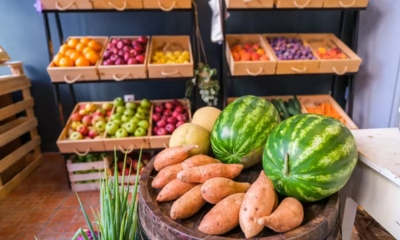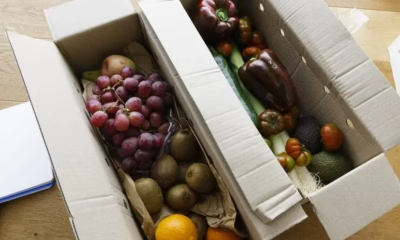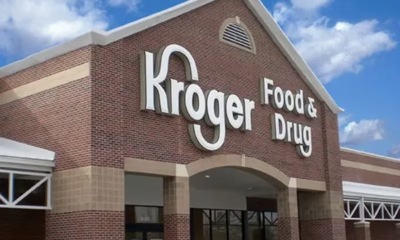Consumer Trends
Retailers Must Adapt to Changing Produce Buyer Preferences

How Retailers Can Win Over Evolving Produce Shoppers
Millennials and Gen X Are Driving a Produce Shift
The produce industry is shifting fast. Retailers who want to thrive must adjust to meet the needs of evolving produce shoppers. In recent years, consumer demand has moved from older generations to millennials and younger Gen X shoppers. This transition brings new preferences, habits, and expectations to the fresh produce aisle.
Produce merchandising has long targeted baby boomers. However, recent sales data show that millennials now account for 68% of all fresh produce dollar growth. While boomers still spend the most overall, their influence is rapidly declining.
Millennials Lead with Organic and Variety
Millennials shop differently than previous generations. They explore various store formats and purchase a wider range of produce items. They also over-index for fruit purchases but under-index for vegetables.
These evolving produce shoppers show strong interest in organic products. Many prefer produce with clear health benefits and sustainable practices. That trend reflects their focus on both personal health and environmental impact.
Retailers must recognize this shift. Millennials and younger Gen X buyers represent the core of today’s organic produce market.
Sales Channels Are Changing Fast
This new generation of shoppers also favors nontraditional formats. They are more likely to shop at club stores and mass merchandisers rather than standard grocery chains.
For example, grocery stores held 40.2% of produce sales in 2024, down from 41.1% in 2023. At the same time, club stores grew to 12.6%, and supercenters reached 18.6%.
To adapt, retailers must revise store assortments and adjust marketing strategies. They should analyze sales data closely and rebalance their organic and conventional offerings accordingly.
Organic Awareness Opens More Opportunities
Organic produce sales rose 5.4% in volume last year. That growth outpaced the 2.9% seen in conventional produce. However, not all shoppers understand what “organic” truly means.
Retailers must educate consumers about organic farming practices and the health benefits of organic products. This knowledge can justify higher prices and drive more conversions.
On average, fresh organic produce costs $2.84 per pound, compared to $1.76 for conventional. Still, informed shoppers often find the premium price worth the value.
Retailers Must Act Now
Retailers have a clear opportunity. They can no longer rely solely on boomer-driven strategies. Instead, they must cater to modern values and preferences.
Health, sustainability, and variety matter more than ever. With millennials and Gen X pushing the market forward, success depends on agility and relevance.





















